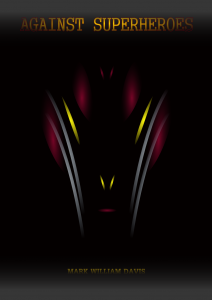 Ah, Sili Valley, my favorite place in the world but also a place (or maybe a state of mind) that has the odd quality of being increasingly revered for abstractions that bear only cursory similarities to reality. Isn’t that always the way of things? Here’s The Guardian analyzing startup culture. The picture in the article is especially amusing to me since my first startup (freshly spun out of XeroX PARC) was housed on Jay street just across 101 from Intel’s Santa Clara campus (just to the right in the picture). In the evening, as traffic jammed up on the freeway, I watched a hawk hunt in the cloverleaf interchange of the Great American Parkway/101 intersection. It was both picturesque and unrelenting in its cruelty. And then, many years later, I would pitch in the executive center of the tall building alongside Revolution Analytics (now gone to Microsoft).
Ah, Sili Valley, my favorite place in the world but also a place (or maybe a state of mind) that has the odd quality of being increasingly revered for abstractions that bear only cursory similarities to reality. Isn’t that always the way of things? Here’s The Guardian analyzing startup culture. The picture in the article is especially amusing to me since my first startup (freshly spun out of XeroX PARC) was housed on Jay street just across 101 from Intel’s Santa Clara campus (just to the right in the picture). In the evening, as traffic jammed up on the freeway, I watched a hawk hunt in the cloverleaf interchange of the Great American Parkway/101 intersection. It was both picturesque and unrelenting in its cruelty. And then, many years later, I would pitch in the executive center of the tall building alongside Revolution Analytics (now gone to Microsoft).
Everything changes so fast, then changes again. If it is a bubble, it is a more beautiful bubble than before, where it isn’t enough to just stand up a website, but there must be unusual change and disruption. Even the unicorns must pop those bubbles.
I will note that I am returning to the startup world in a few weeks. Startup next will, I promise, change everything!… Read the rest







